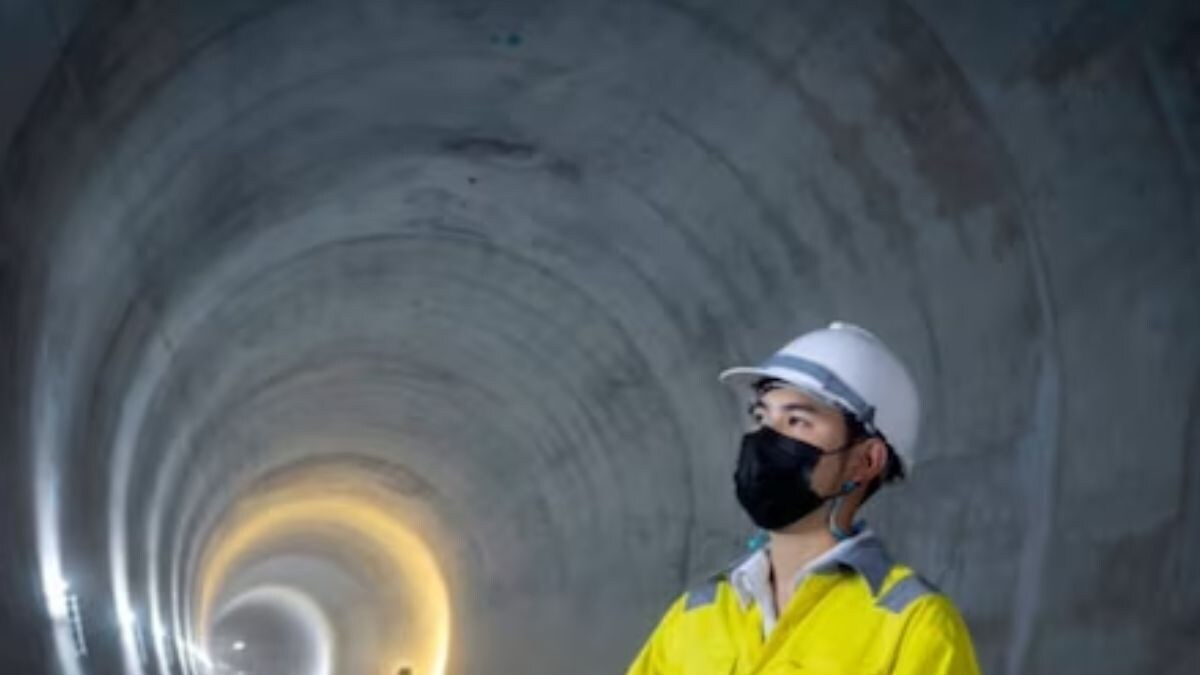The findings are based on a 2021 report of the Comptroller and Auditor General (CAG) covering eight new IITs —Bhubaneswar, Gandhinagar, Hyderabad, Indore, Jodhpur, Mandi, Patna, and Ropar. (File Photo/X)
The Public Accounts Committee (PAC) presented its report titled ‘Setting up of new Indian Institutes of Technology’ in the Lok Sabha on Monday, highlighting delayed infrastructure development leading to cost escalations as well as the slow pace of recruitment of faculty, not in proportion with the increase in student intake among key concerns about the second-generation IITs
Delayed infrastructure development leading to cost escalations as well as the slow pace of recruitment of faculty, not in proportion with the increase in student intake, are among the major issues flagged by a parliamentary committee about the eight new Institutes of Technology (IITs) set up in 2008-09, in a report submitted in the Lok Sabha on Monday.
The Public Accounts Committee (PAC), which is Parliament’s major auditing panel, presented its report titled ‘Setting up of new Indian Institutes of Technology’ in the House on Monday. The committee sought replies from the union ministry of education and examined the details of 2022-23. The panel is headed by Congress’s Adhir Ranjan Chowdhury.
The findings are based on a 2021 report of the Comptroller and Auditor General (CAG) covering eight new IITs —Bhubaneswar, Gandhinagar, Hyderabad, Indore, Jodhpur, Mandi, Patna, and Ropar.
The CAG 2021 report highlighted how the newer IITs faced infrastructure challenges, recorded less enrolment against available seats, had an inadequate faculty-to-student ratio, and did not have enough representation of reserved categories in student enrolment.
The committee while questioning how the MoE went for large-scale expansion of the IIT system observed that for the construction of permanent campuses and providing planned facilities to the students, transfer of suitable land by the states was the primary requirement.
The PAC report highlighted that the delays were significantly high for five lITs — Hyderabad (up to 56 months), Mandi (up to 41 months), Ropar (up to 39 months), Gandhinagar (up to 37 months), and Indore (up to 37 months).
According to the report, in the response received from the institutes, the IITs attributed the delay in the construction of the buildings to the time taken for “finalisation of designs, obtaining regulatory clearances, statutory approval, shortage of labour, remoteness of area, etc”.
The ministry though explained that constraints in water and electricity supply coupled with the execution of work based on conceptual design finalised by the architectural consultants further contributed to the delays as individual details were worked out in the construction process.
The report also highlighted that the MoE “failed” to anticipate these problems while creating infrastructure for premier institutions. The committee said it feels that “in order to expedite the construction process, it is incumbent upon the Ministry to address the issues in consultation with the State Government concerned”.
It also flagged that the pace of readying these IITs was not commensurate with the pace of the envisaged increase of students and faculty.
“This shortage was observed even to the end of March 2019 in all IITs except in IIT Ropar. Faculty to student ratio (FSR) was ranging between 1 to 16 in IIT Bhubaneswar and 1 to 11 in IITs, Jodhpur and Mandi indicating the shortfall in the faculty positions in IITs except in IIT, Ropar, the committee noted that faculty vacancies were ranging between 5 % to 36 %,” the report stated.
In its response to the committee, the MoE accepted the delays. “It is accepted that there has been delay in execution/completion of the project. The Ministry has been impressing upon all IITs to strictly follow the Contracts, monitor the progress of projects and implement the penalty clauses, wherever necessary,” the ministry’s response as stated in the report read.





